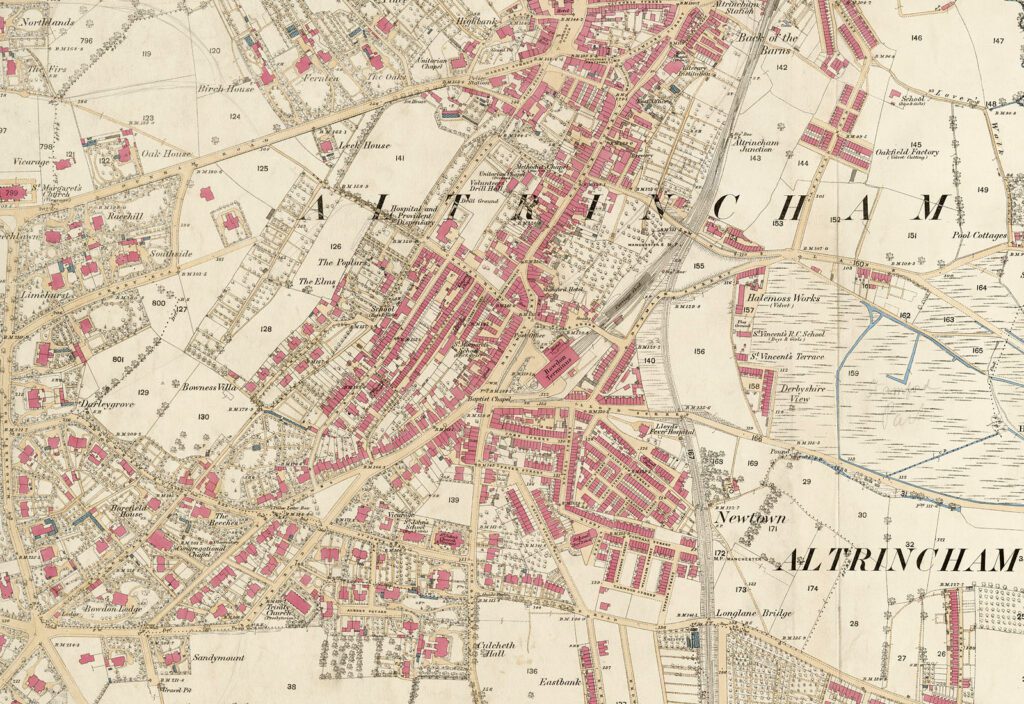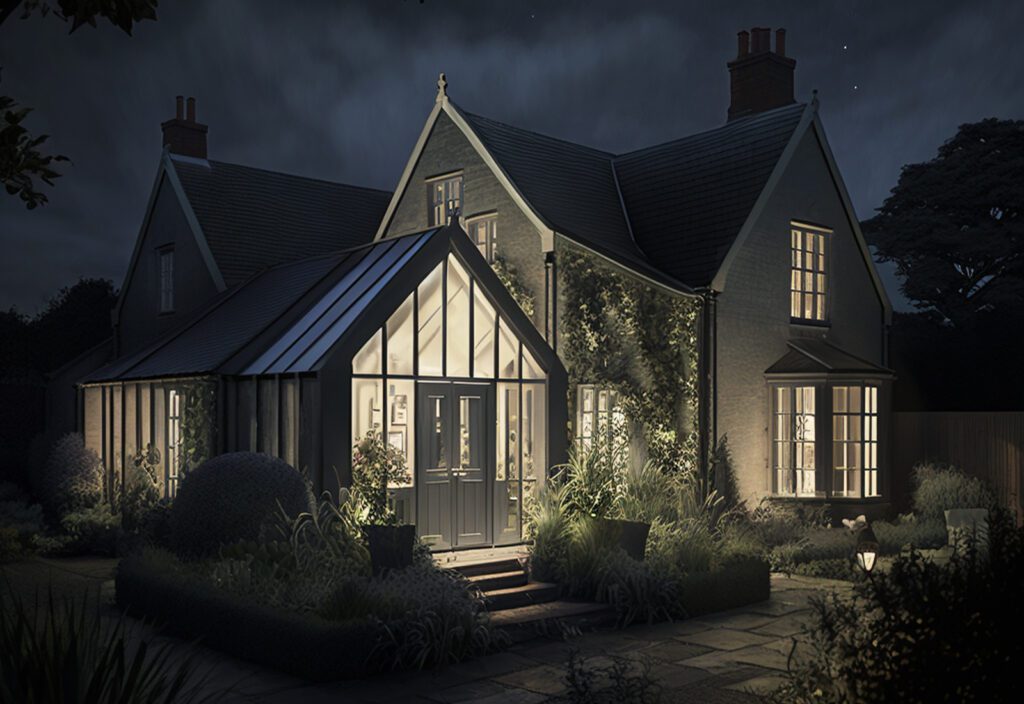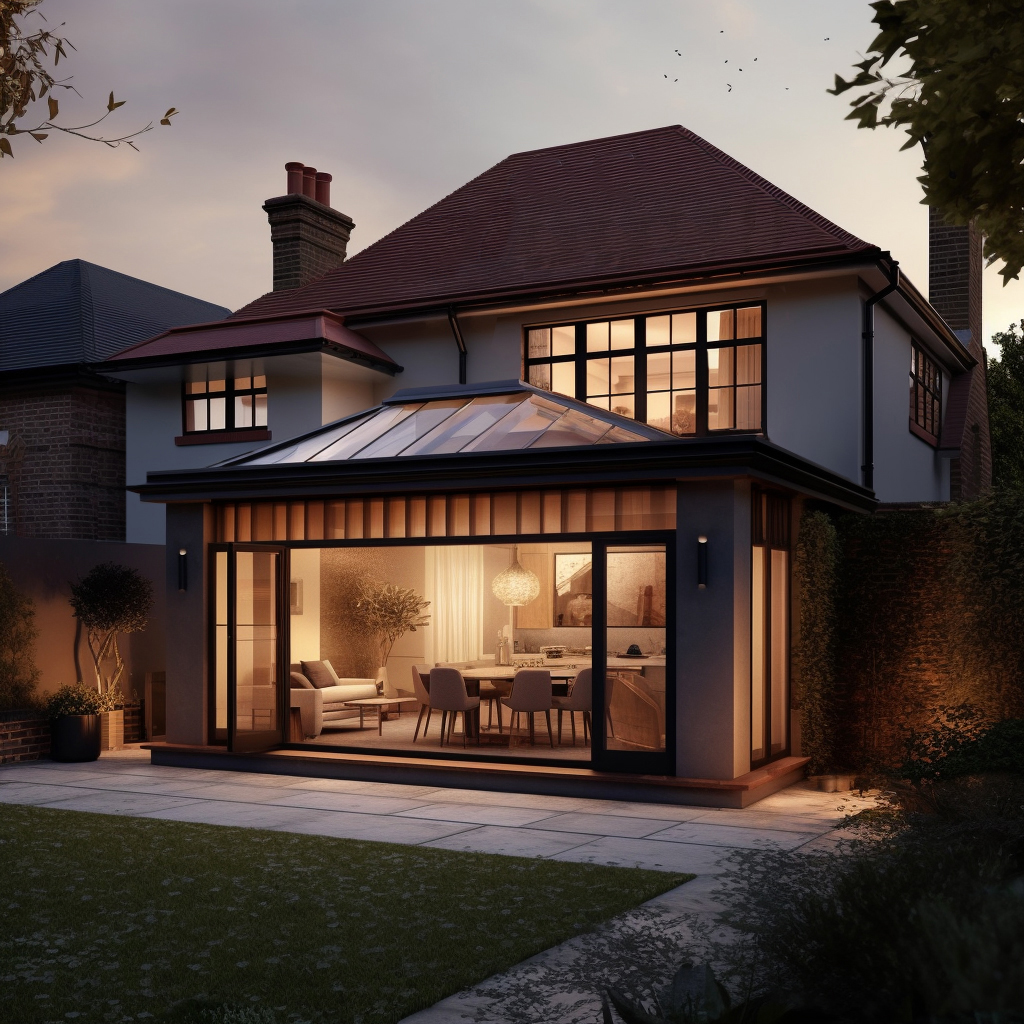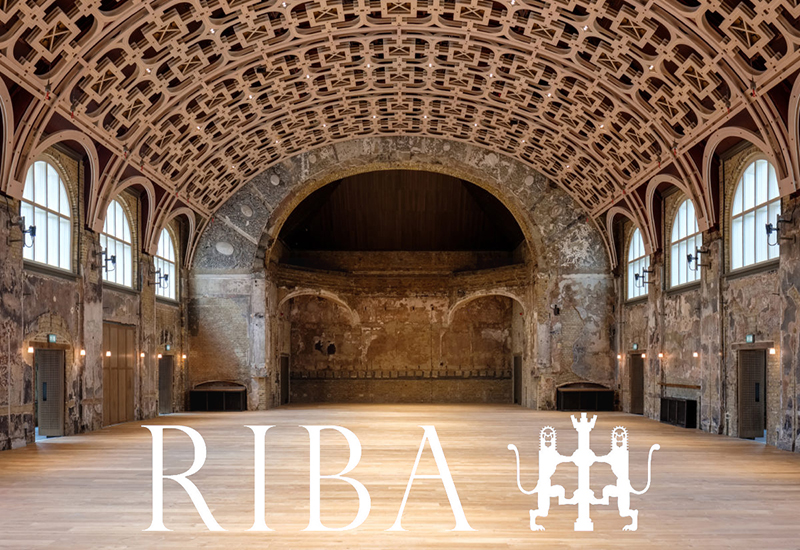Homes within Conservation Areas
Conservation areas were established to safeguard the unique architectural and historical significance of a place – essentially, the characteristics that render it unique and distinctive. This section provides clarification on what owning a home in a conservation area entails.
You can find out whether you live in a conservation area by contacting your local planning authority (LPA). They will be able to tell you when it was created, how far it extends, the reason for its creation and the level of legal protection it has in place.
While conservation areas do impose some additional planning restrictions and requirements, these are in place to maintain the unique architectural and historical features that contribute to the area’s distinctiveness. These regulations are most likely to impact owners intending to conduct exterior modifications on their buildings or to work on any trees within the property’s boundaries. Further information on conservation areas and their management be found on Historic England’s website.




Living within a conservation area could imply that specific regulations, known as ‘Article 4 Directions’, could impact your home. These rules limit the types of work you’d ordinarily perform without needing planning permission, such as changing a door or window or modifying gutters and downpipes. These guidelines are tailored to each area by the local council, and are established whenever there are unique characteristics of local architecture that they aim to preserve. You can determine whether an Article 4 Direction applies to your area by getting in touch with your local planning department.
If you want to cut down, top or lop any but the smallest of trees in a conservation area you must notify your local planning authority six weeks before work begins. The authority will then consider the contribution the tree makes to the character of the area and if necessary create a Tree Preservation Order (TPO) to protect it.
If you live in a conservation area and want to demolish your building, you will need Planning Permission. If the building is listed you will also need Listed Building Consent. Permitted development (PD) rights are also slightly different in conservation areas compared to other areas. This means that you need to make planning applications for some forms of development which would not need such applications outside conservation areas.
Your local planning authority will tell you what you can do to your home if you live in a conservation area. They can tell you if there are special controls in place and explain what permissions will be needed. Many local planning authorities prepare Conservation Area Appraisals for their conservation areas. An appraisal outlines the history of an area and explains what makes it special. It also provides some general guidelines on managing and carrying out development in the conservation area. In addition, local planning authorities will sometimes produce Supplementary Planning Documents for their conservation areas. These show how the authority intends to manage the area in the long term.. It is worth checking with your local planning authority to see if any such documents exist for your conservation area.



